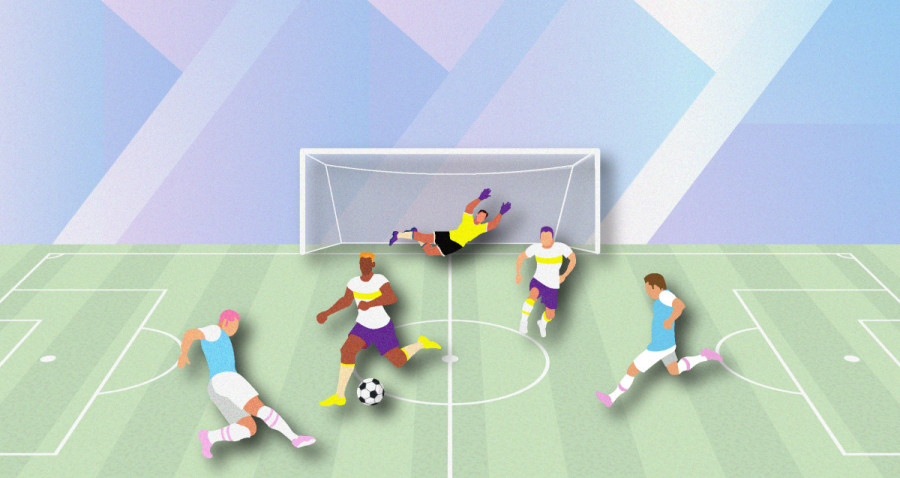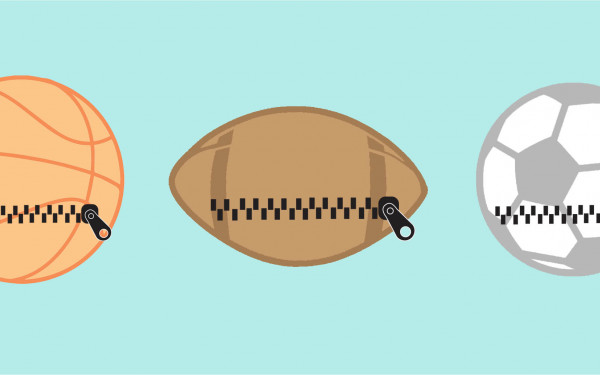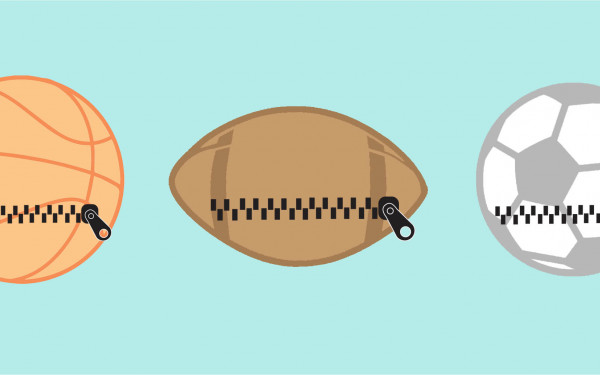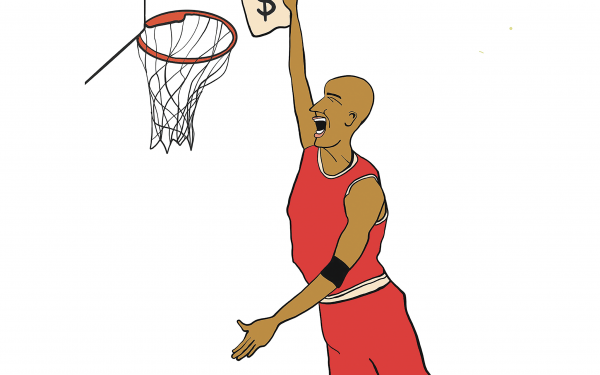Shut Up And Dribble: She deserves to play
The science behind allowing trans women to compete according to their gender identity
Over the past year, international sporting bodies like World Athletics, the International Weightlifting Federation, and World Aquatics have made the decision to exclude any trans women from the women’s categories if they didn’t start their transition before age 12 or before male puberty.
That means all trans athletes.
The 2020 Tokyo Olympics featured the games’ first transgender athlete, Laurel Hubbard. But after the new rules, it is unlikely that any transgender athletes could compete at the 2024 Paris Olympics.
Hubbard, an Australian weightlifter, complied with the International Olympic Committee (IOC)’s rules for transgender athletes to compete. Under the old rules, transgender athletes were allowed to compete if their testosterone levels were below a certain limit for at least 12 months before their first competition.
Critics of Hubbard’s participation claimed she’d dominate among other cisgender women. However, Hubbard failed to place during the women’s +87 kilograms event.
The IOC rules that allowed Hubbard’s participation were flawed, as they barred intersex athletes like South African runner Caster Semenya from competition. Semenya, who was assigned female at birth, has exceptionally high testosterone levels which make her extremely dominant on the track.
The new guidelines on trans women’s participation—now decided by each individual sporting organization—are no better.
Expecting potential athletes to start transitioning before 12 years old is not realistic at all. In the case of Hubbard’s home country, people under 18 years old need both parents or caregivers to consent before being able to access gender-affirming medical treatment.
But the scientific literature doesn’t confirm the claim that trans women have an inherent advantage over cis women.
One scientific review by the Canadian Centre for Ethics in Sports (CCES) found that biological data is currently too limited and “often methodologically flawed.”
A 2016 systematic review also highlighted that there were very few inclusive and comfortable environments for transgender people to participate in sports and that, when they did participate, they often had negative experiences. Much like the CCES, it also concluded that there was too little data and evidence, likely due to the low rate of participation of transgender people in sports.
But when trans women do participate in sports, the effects of hormonal treatments during transitioning does affect performance. Where the athletes in one study had a 15 to 31 per cent athletic advantage before transitioning, they only had a nine per cent advantage after 12 months of hormonal treatment.
Another article highlights that even if athletes like Semenya, who have variations in sexual development, are not considered, there remains a significant diversity in athletic performance among cisgender individuals. However, the piece emphasizes that there are no restrictions placed on athletes for being unusually tall or short, having natural genetic advantages, or for differences in hormone levels or muscle mass, provided their gender identity and biological sex are in agreement.
The CCES also stated that the “policies that impact trans women’s participation in elite sport are the continuation of a long history of exclusion of women from competitive sport” which ultimately led to the introduction of a women’s category in sports.
World Aquatics even tried to create an open category for trans people, yet the sporting body didn’t receive any entries to the new category.
The inclusion of transgender athletes in sports will not go through the creation of new categories that marginalize them even more. Trans youth need to feel welcomed into a sporting environment throughout their whole childhood and lives.
As American soccer player Megan Rapinoe said, it seems as though this is the only time where people seem to care about fairness and protecting women’s sports.
Please, transphobes, show us examples of trans people who are maliciously exploiting their gender identity to gain an unfair advantage in sports. These cases are nonexistent.
Trans athletes, trans women in sports, simply deserve to play.
This article originally appeared in Volume 44, Issue 12, published March 19, 2024.


_600_832_s.png)




